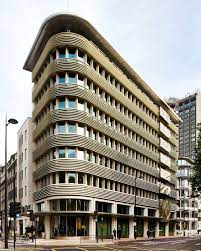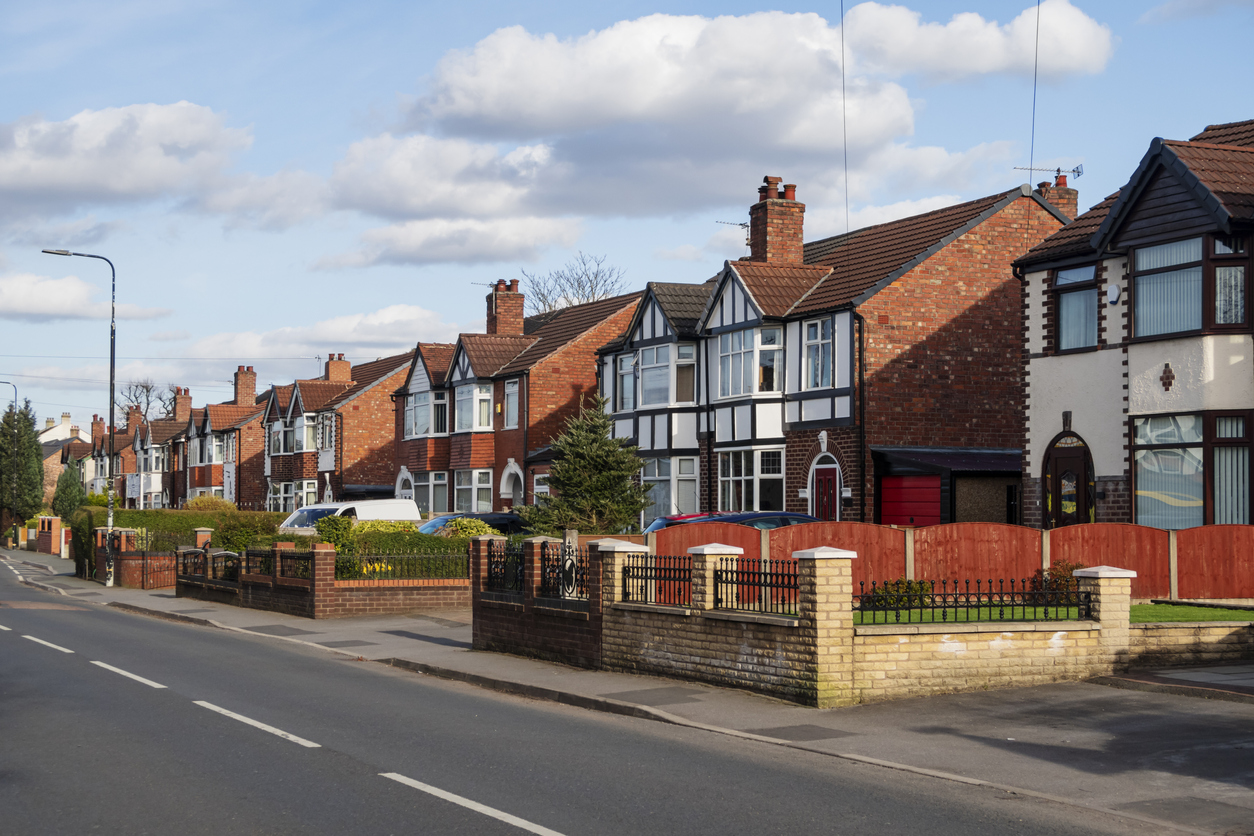HMO Fire Alarm Requirements: A Guide to Fire Safety Compliance for UK Landlords
In the UK, Houses in Multiple Occupation (HMOs) are subject to specific fire safety requirements to ensure tenant safety. Fire alarms play a critical role in HMO compliance, helping to detect and alert residents in case of fire. Meeting HMO fire alarm requirements is essential for landlords not only to protect occupants but also to comply with UK fire safety regulations. Below, we outline the main requirements, types of fire alarms, and installation standards for HMOs.
What is an HMO?
A House in Multiple Occupation (HMO) is defined as a property rented by at least three tenants who are not part of the same household, with tenants typically sharing facilities like the kitchen or bathroom. HMOs are typically subject to stricter safety regulations due to the increased number of occupants and shared living spaces, which present a higher risk in fire emergencies.
Key Fire Safety Regulations for HMOs
The Housing Act 2004 and the Regulatory Reform (Fire Safety) Order 2005 establish the legal framework for fire safety in HMOs. Additionally, the LACORS Fire Safety Guidance provides detailed recommendations specifically for HMOs. Landlords are required to assess fire risks, provide adequate escape routes, and install appropriate fire alarms and safety equipment to ensure tenants' safety.
HMO Fire Alarm Requirements
Fire alarm requirements vary based on the type and size of the HMO. However, all HMOs require a fire detection and alarm system that includes smoke detectors, heat detectors, and alarm sounders.
1. Fire Alarm System Category
HMOs must generally adhere to either a Grade D or Grade A fire alarm system, depending on the size and layout of the property:
- Grade D Systems: These systems are typically required for smaller HMOs with shared kitchen and bathroom facilities. A Grade D system involves interlinked mains-powered alarms with a backup battery, ensuring alarms continue to operate even in a power cut.
- Grade A Systems: These systems are required for larger HMOs, such as those with three or more stories or complex layouts. A Grade A system includes a central control panel and often has a more sophisticated setup with wired detectors, manual call points, and alarms in each area of the property.
Fraser Bond’s Guidance: Our team can help you determine whether your HMO requires a Grade A or Grade D system, advising you on best practices to meet both legal and safety requirements.
2. Types of Detectors Required
- Smoke Detectors: These must be installed in communal areas, such as hallways, staircases, and lounges. They are the primary means of early fire detection.
- Heat Detectors: Typically required in kitchens to avoid false alarms caused by cooking activities. Heat detectors activate at a certain temperature, reducing unnecessary alarms while ensuring safety.
- Carbon Monoxide Detectors: If the property has solid fuel appliances, carbon monoxide detectors are mandatory.
Placement Requirements: Detectors should be located on every floor, in every bedroom, and in high-risk areas like kitchens and shared living spaces.
3. Interlinking Alarms
In an HMO, it’s required that all alarms be interlinked so that if one alarm is triggered, all alarms sound simultaneously. This feature ensures that all occupants are alerted in the event of a fire, even if they are on a different floor.
4. Manual Call Points
In larger HMOs, particularly those with a Grade A system, manual call points should be installed. These are generally located at exits or in communal areas, allowing tenants to activate the alarm manually in case of an emergency.
Additional Fire Safety Requirements in HMOs
Beyond fire alarms, landlords must ensure that their HMO meets other essential fire safety requirements:
-
Clear Escape Routes: All HMOs must have clearly marked and unobstructed escape routes. These should be free from hazards and equipped with emergency lighting, especially in properties with multiple stories.
-
Fire Doors: Fire doors should be installed in communal areas and high-risk rooms, such as kitchens. Fire doors are essential for containing fires and should be self-closing with seals that prevent smoke from passing through.
-
Emergency Lighting: For HMOs with complex layouts or multiple floors, emergency lighting is mandatory. This ensures that tenants can safely exit the building during a fire, even if the main lighting fails.
-
Fire Risk Assessment: A fire risk assessment must be conducted regularly to identify fire hazards and assess the suitability of existing fire safety measures. This assessment should be updated periodically and whenever changes are made to the property’s layout or use.
HMO Fire Alarm Maintenance and Inspections
Regular maintenance and inspections are essential for keeping your HMO fire alarms functional and compliant. Some requirements include:
-
Weekly Testing: Fire alarms should be tested weekly to ensure they are operational. Landlords or property managers can conduct these tests by activating alarms manually and checking for faults.
-
Annual Inspection and Maintenance: Larger HMO properties with a Grade A system require a certified professional to conduct an annual inspection, verifying the control panel, detectors, and alarms.
-
Documenting Maintenance: All tests and maintenance activities should be documented. This includes recording dates, any issues found, and actions taken. These records are essential for compliance and can be reviewed during inspections by local authorities.
How Fraser Bond Can Help Ensure HMO Fire Safety Compliance
Fraser Bond provides landlords with comprehensive support in managing HMO properties, ensuring all fire safety measures meet UK regulations. Here’s how we can assist:
-
Fire Safety Assessment and Planning Our team offers professional fire risk assessments for HMOs, identifying necessary improvements and helping you create a fire safety plan that includes alarm placements, escape routes, and emergency protocols.
-
Guidance on Fire Alarm System Installation We provide recommendations on the appropriate alarm system (Grade A or Grade D), the types of detectors needed, and the best locations for optimal coverage, ensuring compliance with legal standards.
-
Ongoing Compliance and Documentation Fraser Bond assists in setting up a routine maintenance schedule for fire alarms and provides support in keeping records up-to-date for compliance purposes.
-
Professional Connections and Support With connections to certified electricians, fire safety inspectors, and maintenance providers, we ensure you have access to reliable professionals who can install, inspect, and maintain your HMO fire safety systems as needed.
Final Tips for Landlords on HMO Fire Safety
- Stay Informed on Legislation: Fire safety regulations can change, so it’s essential to stay updated on the latest requirements.
- Engage Tenants in Fire Safety: Ensure tenants understand the importance of not blocking escape routes or tampering with fire safety equipment.
- Work with Professionals: Fire safety in HMOs is a complex area, and professional guidance ensures that your property remains compliant and your tenants safe.
For landlords, ensuring HMO compliance with fire alarm requirements is not only a legal obligation but also a commitment to tenant safety. Fraser Bond offers a range of services to make compliance straightforward, from risk assessments to ongoing support. Contact Fraser Bond today for assistance in setting up and maintaining your HMO’s fire safety systems, and let us help you protect your tenants and your investment.










